A lot will be said about Starfield in the coming days. The open-world, sci-fi role-playing game is Bethesda’s newest IP in over 20 years. With it comes a lot of anticipation and also quite a bit of trepidation. Lest we forget, the studio has released critically acclaimed games set in expansive and immersive worlds, yet these were also plagued by a litany of issues.
For the most part, Starfield is well-polished, outside of one glaring bug I encountered. And, yes: compared to The Elder Scrolls and Fallout franchises, it also boasts a massive galaxy for you to explore. Still, in the vastness of space, and with over 80 hours played, it left me wanting more.
Starfield Review: To Boldly Go
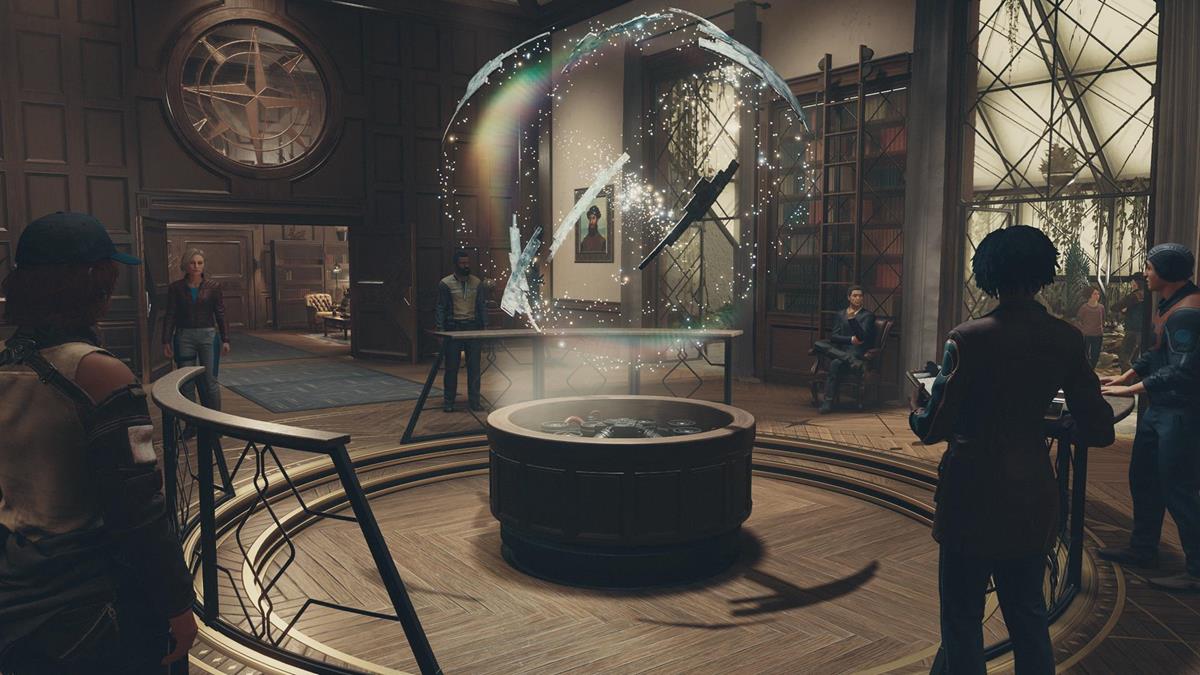
Starfield‘s story begins just as your character, a miner for the Argos company, interacts with a strange artifact. From there, you can choose from different customization options, including a body type slider, facial features, and more. The options themselves are rather limited, and the interface takes a while to get used to, so I fully expect modders to beef it up slightly with something akin to Looksmenu and various presets.
Likewise, you can select from backgrounds and starting skills and traits. I’ll discuss skills later on in my Starfield review, but the traits you pick add more flavor to your playthroughs. For instance, you can be a United Colonies Native or a Freestar Collective Settler, opening up additional dialogue and extra rewards from their respective factions. There’s also the Dream Home perk, where you already start with your own housing, but — hilariously enough — you need to pay off your mortgage every week. This is also where you can get the Adoring Fan, an NPC who can be a crew member, annoying you to no end with platitudes.
These set the stage for first encounter with Constellation, a group of inquisitive folks eager to explore the unknown. You’ll meet an interesting cast of characters, such as Sarah Morgan, the de facto head of operations, the ever-curious Barrett, and the mysterious Andreja. These characters, and a few others, can become companions or crew members, as well.
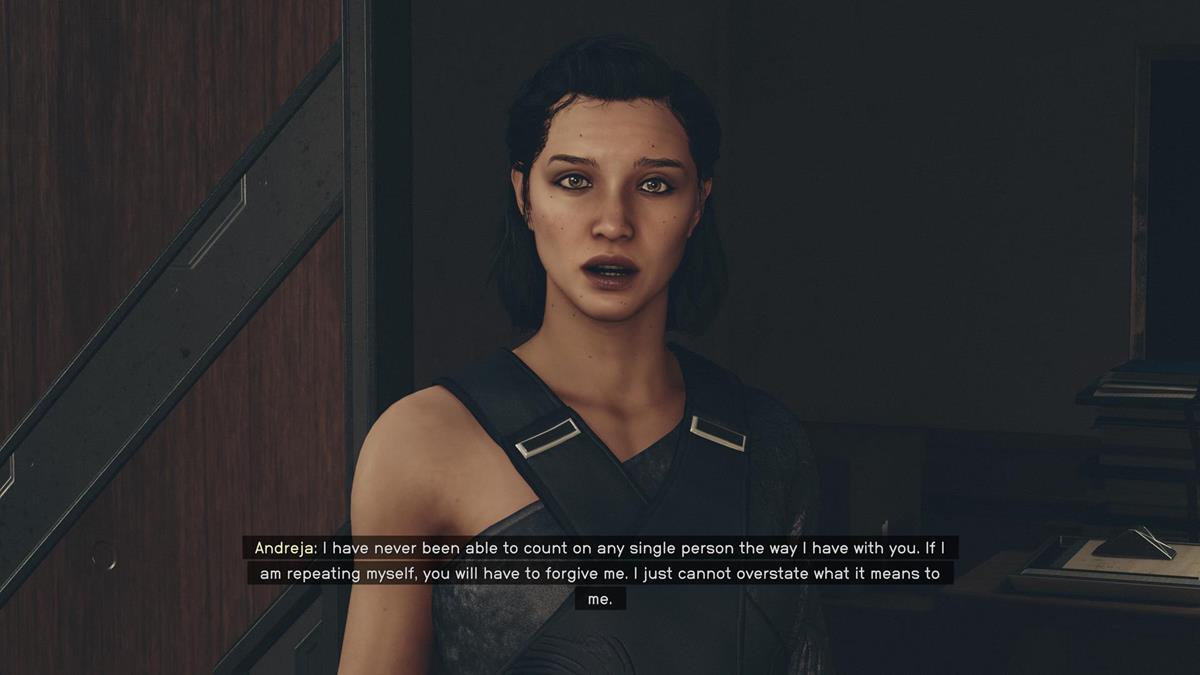
To be fair, the companion/follower mechanic itself is par for the course with Bethesda’s past offerings. You bring one companion along and as they approve of your actions, they open up about their past. And, yes: that can lead to a bit of flirting and romancing, as well. Of course, if you start murdering everyone, they’ll want nothing to do with you, so keep that in mind. While there’s also a bit of banter, you can’t expect the same level of interactivity and reactivity as, say, Baldur’s Gate 3, which goes above and beyond the norm for RPGs.
Starfield‘s story coincides with Constellation’s aims as the group searches for the remaining artifacts. While I won’t spoil anything further than the basic premise, let’s just say that you’ll enjoy a space opera filled with impactful decisions and twists. There’s even a New Game+ mode, which I can wholeheartedly say is one of the best integrations of such a mode because of how well it meshes with the narrative.
But you’re not limited to just the main story. Several factions and NPCs also provide you with quests. For instance, the United Colonies want you to join their civilian navy to protect their territories, whereas the Freestar Collective need you to guard their frontiers. There’s also Ryujin Industries, with aims to conduct industrial espionage, as well as the Crimson Fleet, a band of space pirates that you infiltrate. Sadly, as of the time of this writing, I’m uncertain as to whether religious factions — Enlightened, Sanctum Universum, and Great Serpent — have their own lengthy quest chains. As far as I can tell, I was only allowed to be a worshiper of those sects via traits. Outside of a segment in the main story, there was no indication that I’d experience a full-fledged faction arc.
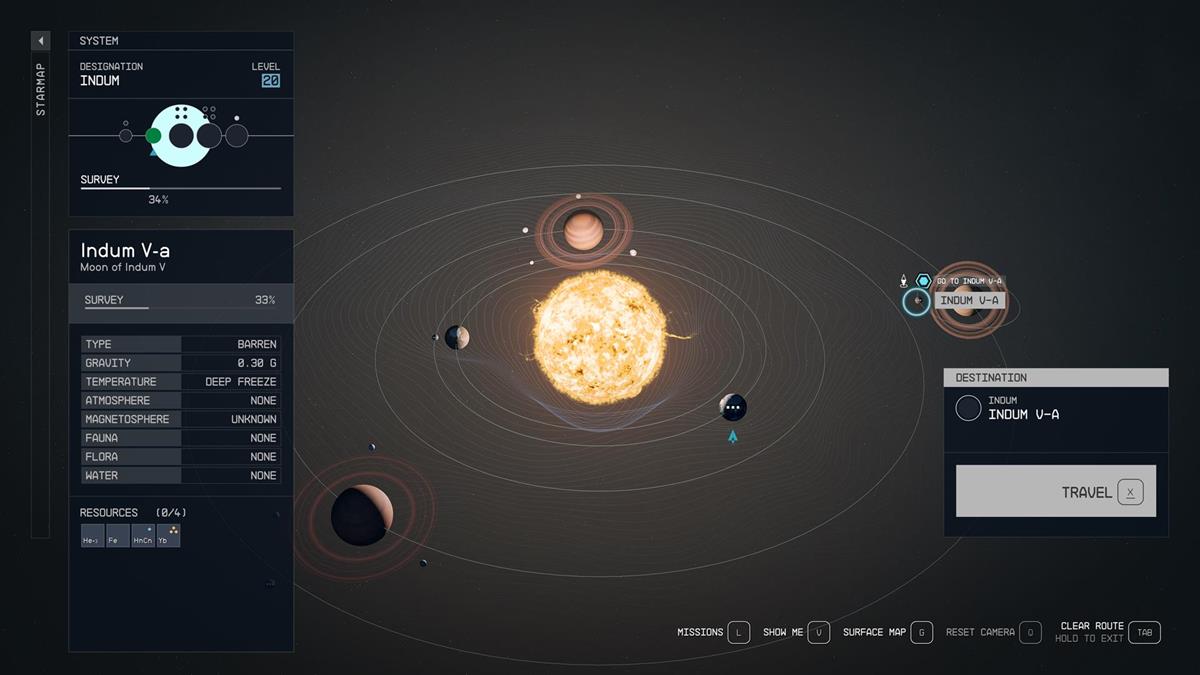
As with other Bethesda titles, there’s a big world to explore or, in this case, multiple worlds. You can see this once you open the map, which has different views for the local area, the star system, and the galaxy itself. Board your ship, set a course for the next destination, pump up the grav drive, and watch as you transition seamlessly to hovering over another planet.
I can’t help but feel a sense of joy and wonder every time I travel to another star system or planet. The sheer number of locations that you can visit already make Starfield a technical marvel as it is. Furthermore, there are instances when you’re hailed by other ships that might be looking for aid or moments when you have to take out pirates and mercenaries.
For the latter, expect space dogfights or void wars to be as intense and frantic as they sound. You can fire armaments like rockets, beams, and missiles, bring down shields, and target different parts of a ship. It’s even possible to board and take over vessels, netting you a valuable spacecraft that can be sold or made into your new home away from home.
Similarly, you can buy and design ships. By default, you’ve got a sleek vessel with a weaker reactor and, later on, you’ll be able to obtain or build your own Class-C hulking behemoths. Modifications range from different types of cockpits, weapon systems, and structural designs to habs that increase the number of passengers and crew members, as well as shielded cargo holds that prevent scans from detecting any contraband you’re carrying. The possibilities are endless, and I certainly spent countless hours just trying out different combinations for my ships. As an aside, I also acquired a few awesome vessels that were well-hidden, so there are treasures to uncover, as well.
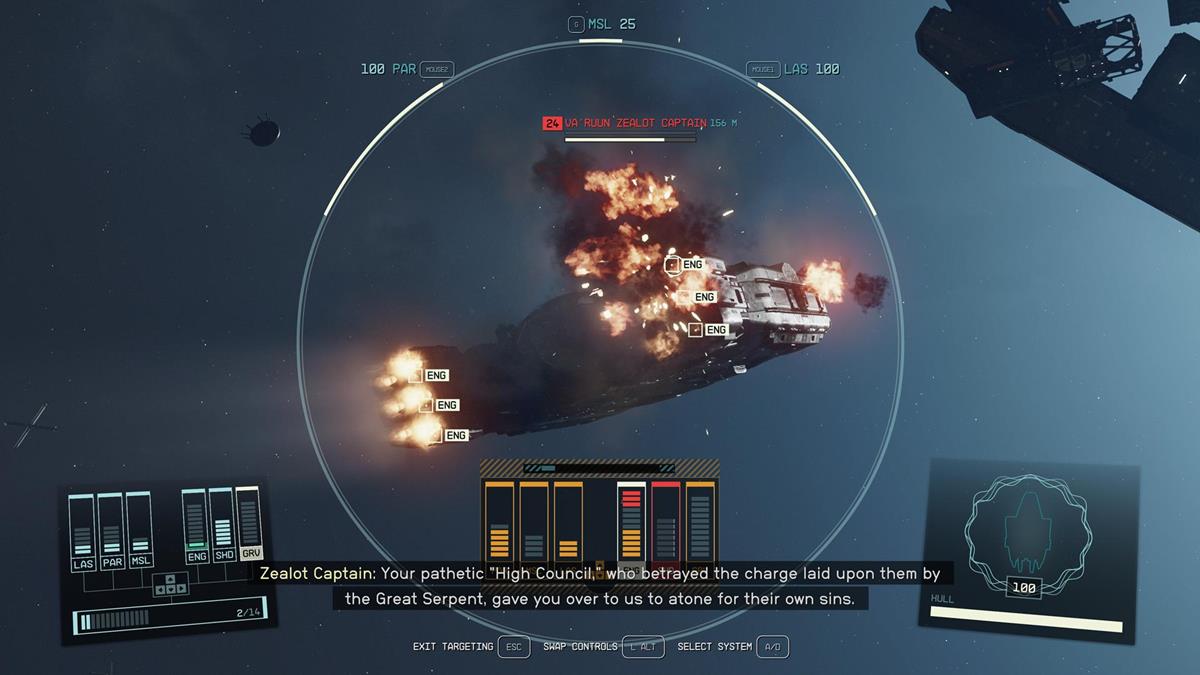
Combat with your character in Starfield, meanwhile, is a more traditional first-person or third-person shooter affair depending on your camera view. There’s an assortment of firearms, including pistols, shotguns, rifles, and miniguns, as well as categories based on their ammo type (i.e. ballistic or energy/lasers). It’s also possible to just use melee weapons, like axes and knives if you prefer, or throw different kinds of grenades and lay down mines.
Skills also play a key function here. There are perks that increase the damage of certain weapon types, add new effects (i.e. crippling an opponent), and unlock mods (i.e. grips and scopes). Similarly, combat can take place on planets against other mercs and hostile creatures, or in space when you attempt to board a hostile vessel. I found these moments exhilarating, especially when I battled mercenaries while floating in zero-G.
Perhaps my only complaint when it comes to combat is that Starfield lacks Fallout‘s VATS, a system that slows down time, allowing you to aim at different body parts. A VATS-esque function can be seen only when you unlock the Targeting Systems skill, which applies only to ship combat in space. VATS would’ve made for a more tactical approach to firefights with your character, as opposed to a run-and-gun style.
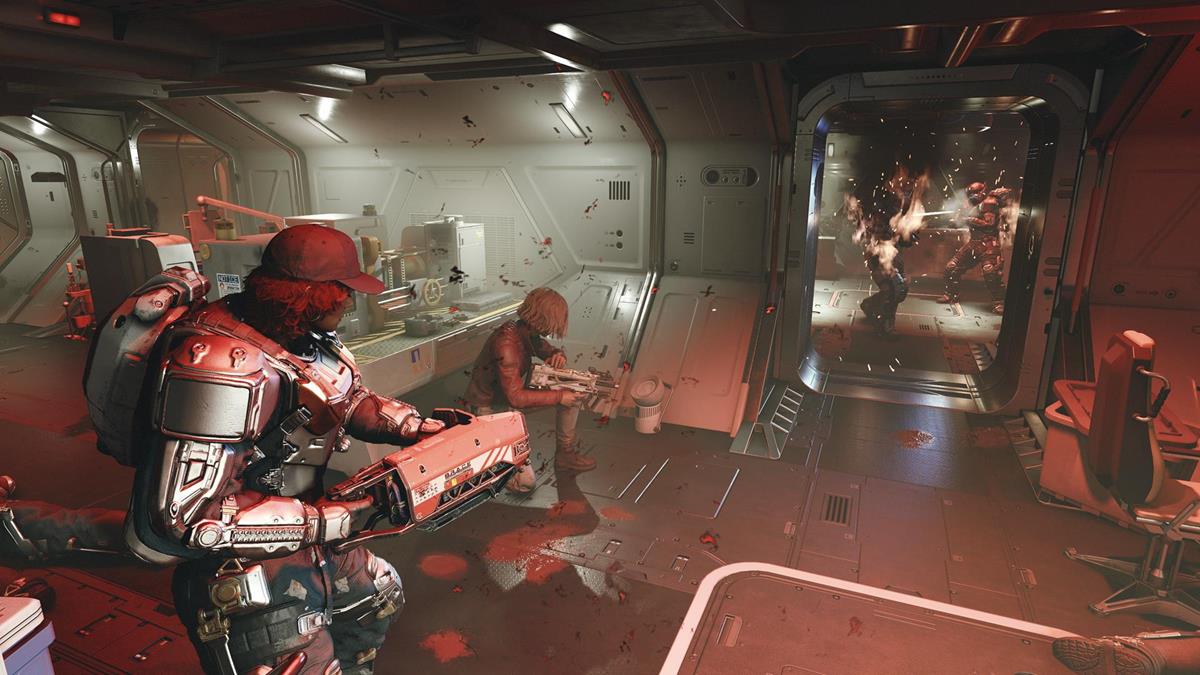
In terms of performance, I found that Starfield ran decently with hardly any slowdowns or freezes. I have an Nvidia RTX 3080, Intel 10900K, and 32GB of RAM, and was able to play the game using the highest settings at 4K resolution. Graphically, it’s nothing short of outstanding, especially once you marvel at the vast landscape surrounding you on distant planets.
Moreover, the only major technical issue that I experienced was a bug that caused two crew members to disappear. I had assigned them to an outpost (more on this mechanic later) and, upon switching to a different home ship, they just vanished. I couldn’t find them in their original locations or the places where I recruited them. Besides, I doubt that the two characters died, as they’re supposed to be tagged as “essential,” and other crewmates in the area remained alive, too.
Thankfully, those two crew members were minor characters and not Constellation companions (those that are plot-centric and have quests/romance arcs). I should also mention that there were some minor hiccups, such as companions that would sometimes float around and a couple of doors that couldn’t be opened. Still, these glitches were infrequent, and relaunching the game solved the problem.
Another qualm is that the skill level-up mechanic feels sorely outdated. Veterans will be familiar with the proficiency system in previous Bethesda games, where specific actions help level up skills. Starfield, meanwhile, uses a tally system, but these aren’t retroactive. As such, if you don’t have a skill point to unlock Rank 2 Lockpicking, any container or door that you open won’t count toward the tally.
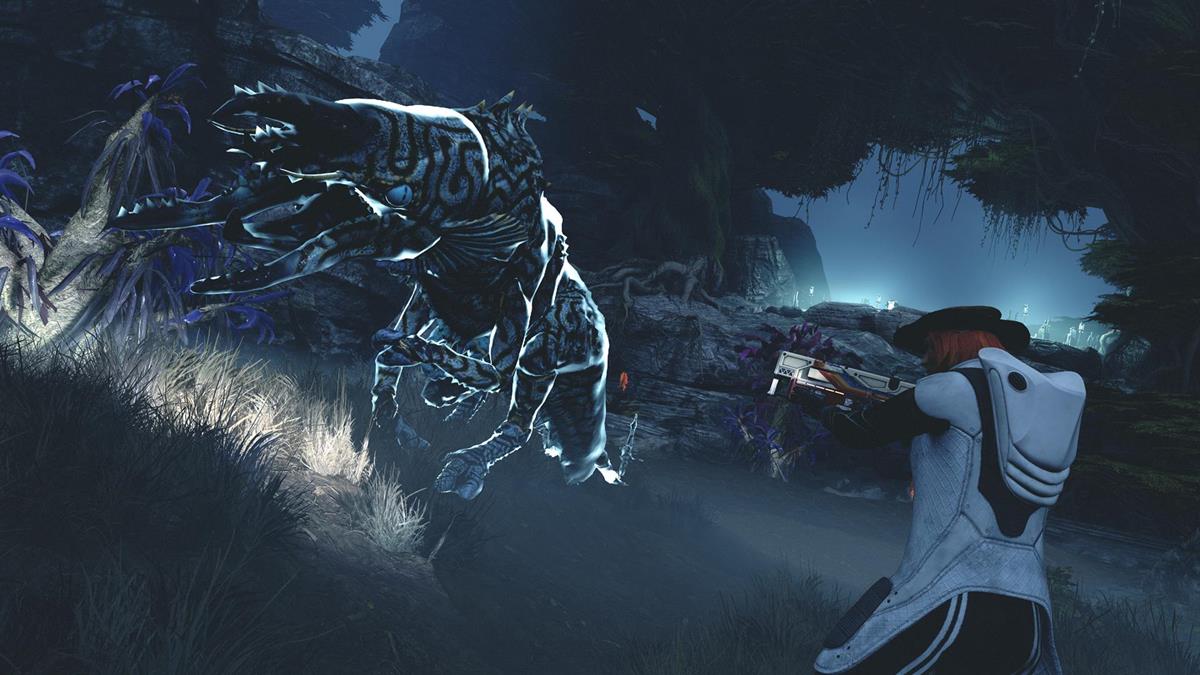
Unfortunately, chief among these drawbacks is that most planets feel empty. Part of this is due to the setting: although the story takes place at a time when humanity has colonized different star systems, it’s far from the sci-fi trope of intergalactic empires. Instead, only a handful of planets have cities, such as New Atlantis, Akila City, and Neon. As for the rest, you might encounter a small settlement or a base that’s now guarded by mercenaries. Hostile factions don’t patrol terrestrial regions either, which makes areas static rather than dynamic.
That, and how regions mostly have non-sentient alien creatures, such as various kinds of giant bugs and multi-limbed predators. At a certain point, I decided to trek around a dozen planets that weren’t part of any main mission or side quest. I spent hours scanning plants, animals, and strange landmarks, but that’s about it. I didn’t necessarily unravel a greater mystery, which made me decide to focus on missions instead, as opposed to sandbox free-roaming.
Exploration, more often than not, doesn’t feel as rewarding as it should be. It doesn’t inspire the same kind of awe as seeing towering structures in the distance, like the Imperial City in Oblivion or Whiterun in Skyrim. Worse, the local area maps in cities need improvement, since they don’t even show you the different establishments or shops.
At the very least, as someone who’s spent numerous hours tidying up Sanctuary and Greygarden in Fallout 4, I did appreciate Starfield‘s outpost mechanic. This lets you build a base on a planet, including those with extreme conditions if you’ve unlocked a particular skill. From there, you mine resources, set up crew quarters, and create a chain of resources to transfer materials from one far-flung location to the next. Indeed, Starfield is more akin to No Man’s Sky in this regard, sans the more colorful visuals.
Starfield Review — The Bottom Line
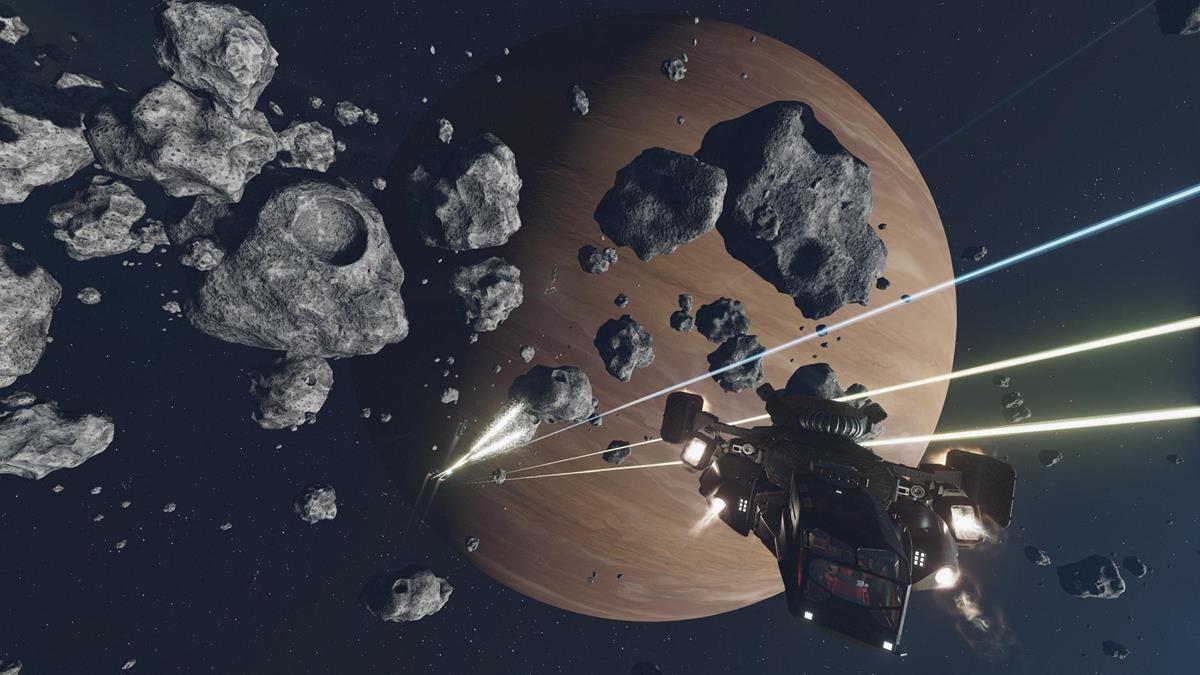
Pros
- A massive galaxy with numerous planets that you can visit and build outposts on.
- Lots of ship customization options, as well as engaging ship combat and boarding.
- Interesting companions, some of which have their own quests and romance arcs. They can also be assigned to ships or outposts.
- One of the best means of integrating a New Game+ mode in relation to the story.
Cons
- Exploration doesn’t feel as rewarding as most planets don’t have large cities. Enemies don’t conduct patrols, leading to static combat engagements in bases/facilities.
- The game is well-polished, for the most part, but there’s a bug that can cause a couple of supporting companions to disappear.
- The tallies for the skill system aren’t retroactive.
Overall, Starfield leans heavily on Bethesda’s expertise with past titles, magnified tenfold due to the sheer size, scale, and scope, yet equally hampered by the same facets. While there are a lot of things you can do as you venture forth and boldly go into the unknown, exploration can feel unrewarding as most planets feel empty. Nevertheless, once you’re done with various faction quests and the main story, there’s New Game+ to look forward to, as well as community-made mods in the future.
[Note: Bethesda Softworks provided the PC copy of Starfield used for this review.]







Published: Aug 31, 2023 12:00 pm